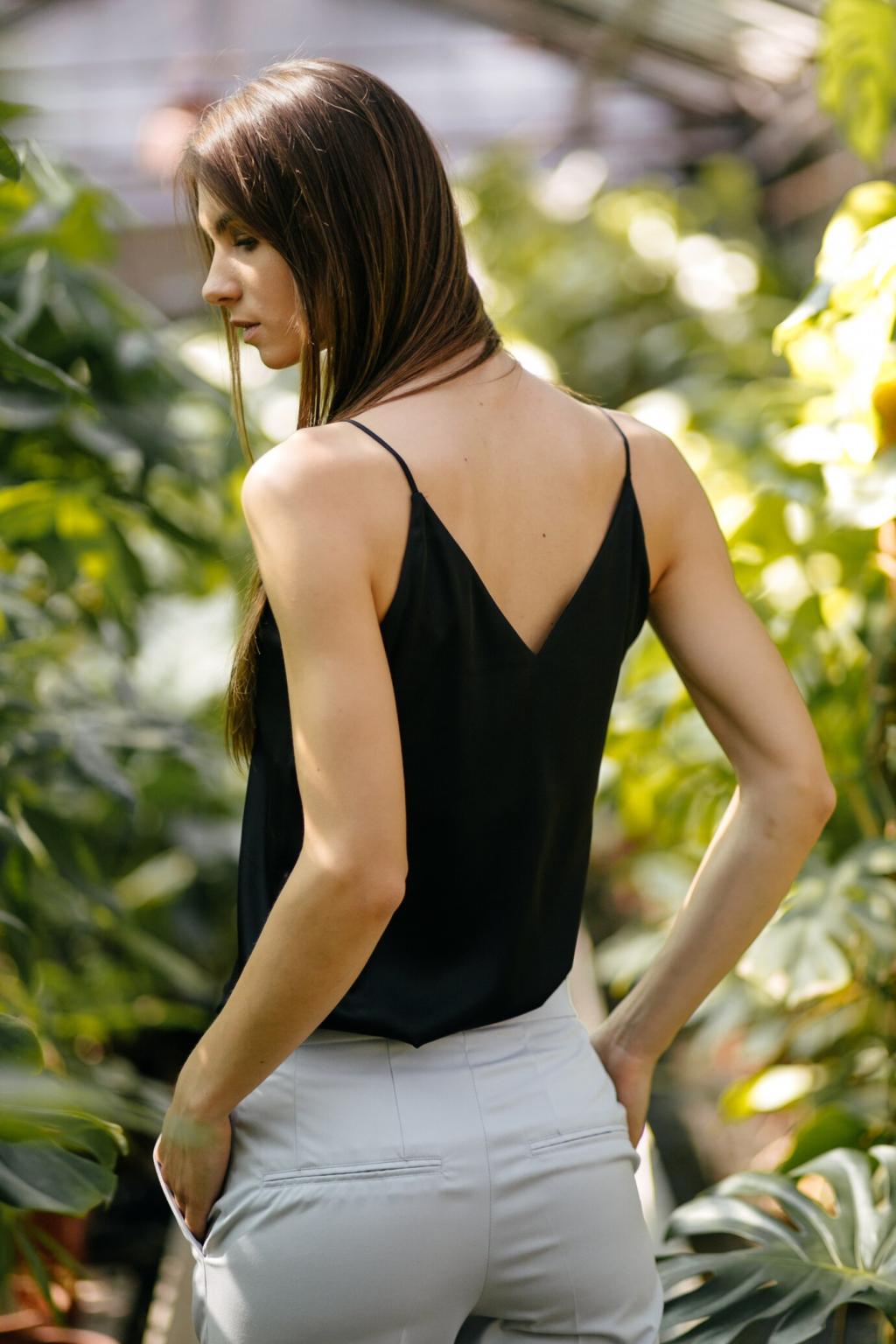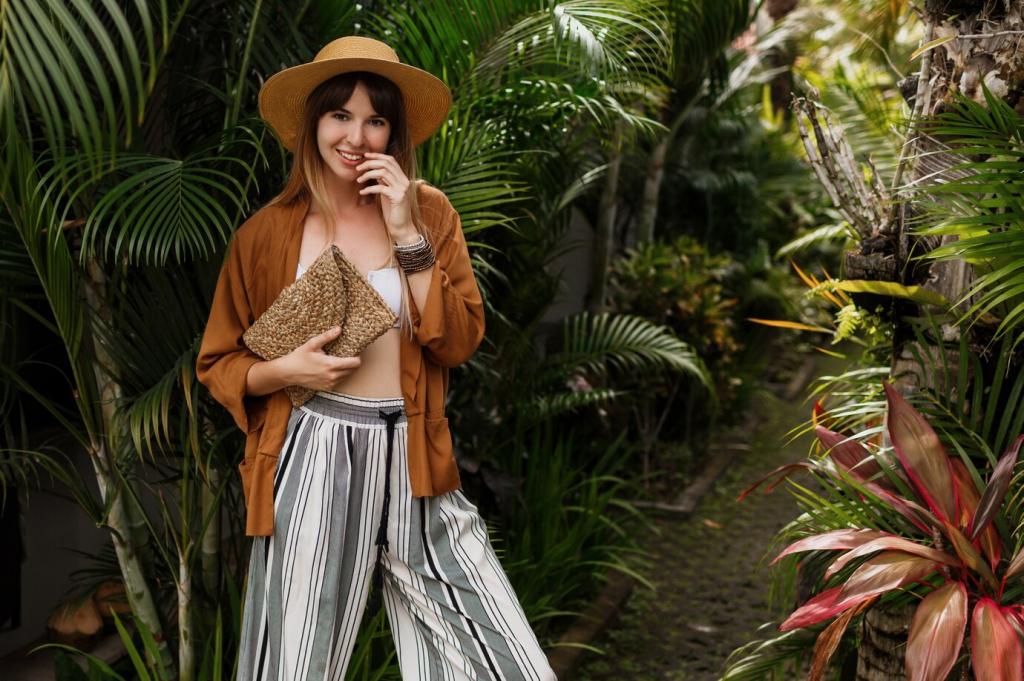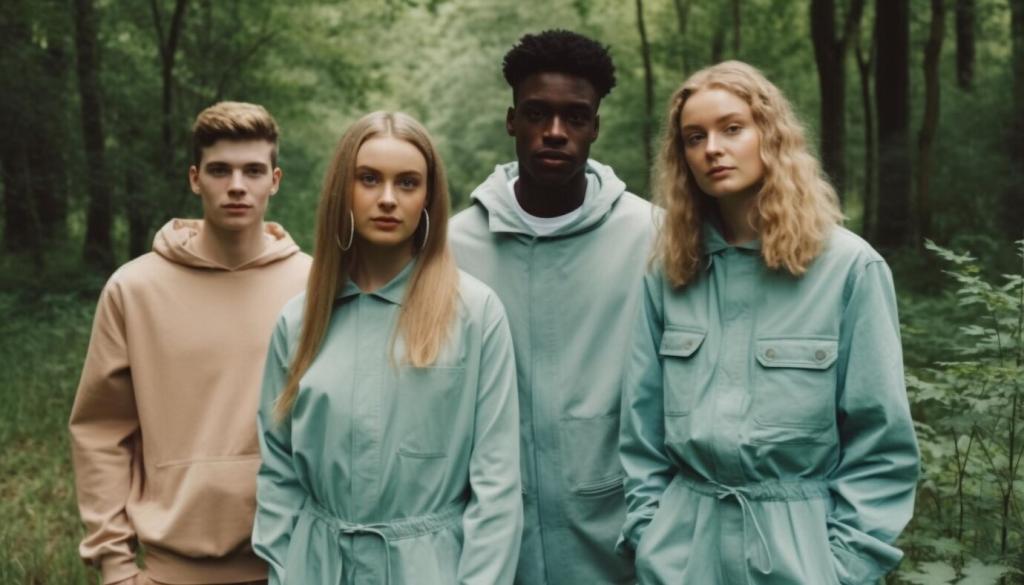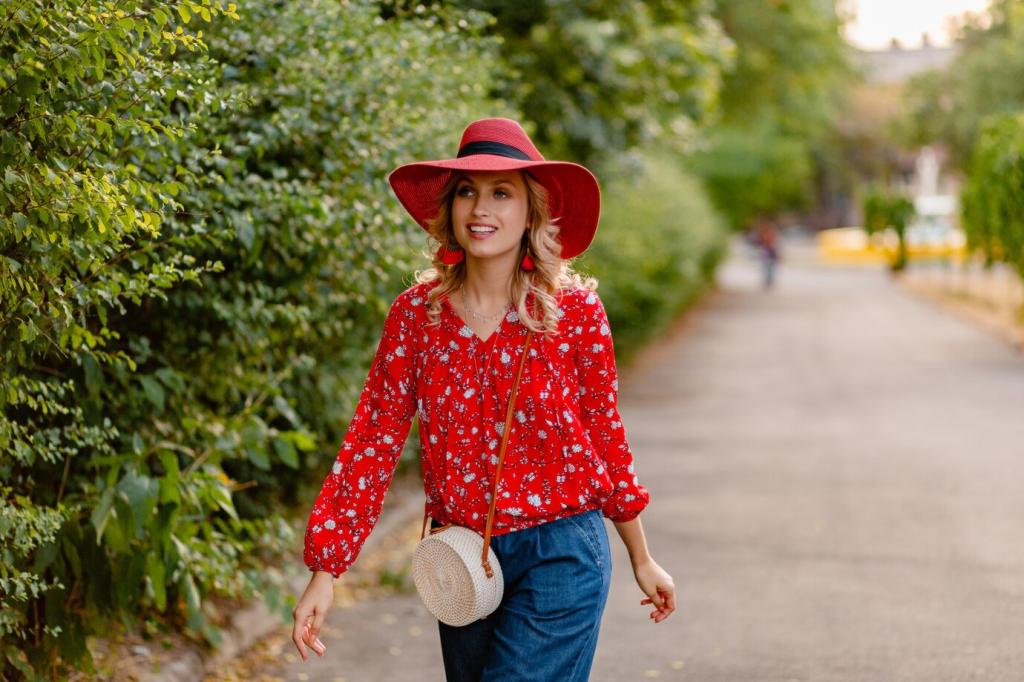
Eco-Friendly Wardrobe Essentials for Spring
Embracing an eco-friendly wardrobe for spring isn’t just about following a trend—it’s a conscious choice that makes a positive impact on our planet and your personal style. The season of renewal is the perfect time to rethink your closet and build it around sustainability, comfort, and fresh aesthetics. This guide explores essential pieces, materials, and styling habits that align with eco-conscious values while letting you express your unique sense of fashion all season long.

Organic Cotton
Organic cotton is a cornerstone of sustainable spring fashion. Unlike conventional cotton, it is grown without harmful pesticides or synthetic fertilizers, leading to a gentler impact on the environment. Its natural softness makes it ideal for breezy tops, dresses, and even lightweight pants. Organic cotton breathes well, keeping you cool as temperatures rise, and it’s also more durable, ensuring your pieces last for many seasons. By choosing organic cotton garments, you support healthier farming communities and reduce the amount of toxins entering the environment, making it an effortless yet impactful change to your spring wardrobe.

Linen from Flax
Linen, derived from the flax plant, is celebrated as one of the most sustainable spring fabrics. Its minimal water requirements and natural resistance to pests make its cultivation environmentally friendly. Linen’s unique texture and ability to wick moisture make it perfect for warmer weather, ensuring you look chic and feel comfortable. Whether as flowy shirts, easy pants, or wrap dresses, linen garments offer a relaxed sophistication to your spring looks. Additionally, linen softens with every wash, aging beautifully and providing lasting value, all while contributing minimally to environmental degradation.

Recycled Synthetics
Eco-friendly wardrobes for spring can incorporate recycled synthetics, such as polyester or nylon made from plastic bottles or discarded textiles. These innovative materials divert waste from landfills and oceans, giving new purpose to existing resources. Lightweight jackets, athleisure pieces, and technical wear made from recycled fibers are ideal for unpredictable spring weather. They combine durability with performance, and their use supports the emerging circular fashion economy. Look out for transparent brands providing details about the origin and processing of their recycled materials, adding traceability to your sustainable choices.
Ethically Made Outerwear
Transparent Production Practices
When selecting spring layers or jackets, consider brands that disclose their supply chain and uphold fair labor standards. Look for certifications or detailed reporting about the treatment of workers and the environmental impact of production. This transparency ensures your purchase supports equitable working conditions and responsible sourcing, setting a new standard for what it means to dress well in spring. Transparent brands empower you to become part of a larger movement that prioritizes people as much as planet.
Timeless Silhouettes
Opt for outerwear with enduring designs rather than chasing fleeting trends. Classic trenches, cropped jackets, or utility-style coats in neutral or versatile colors are the ideal complement to an eco-friendly spring wardrobe. Timeless silhouettes ensure that your outerwear remains fashionable year after year, reducing the need for frequent replacements. This approach not only saves resources but also builds a closet of trusted favorites, forming the backbone of your sustainable style.
High-Quality Craftsmanship
Prioritizing craftsmanship when purchasing outerwear means selecting garments built to stand up to the unpredictable spring elements. Well-made pieces use durable stitching, quality linings, and thoughtful construction, which prolongs garment life and minimizes waste. While the upfront investment might be higher, the long-term cost per wear is far lower than with fast fashion alternatives. Supporting artisans and brands with a reputation for quality empowers you to embrace sustainability without sacrificing elegance or function this spring.
Previous
Next
Conscious Color Palettes
Dyeing is often one of the most environmentally taxing parts of clothing production, but plant-based or low-impact dyes offer a better alternative. These earth-friendly dyes minimize water pollution and often create unique, muted tones perfect for spring. From soft greens and sky blues to earthy neutrals, naturally dyed pieces bring a gentle vibrancy to your wardrobe. By supporting plant-dyed garments, you encourage innovation in textile production and reduce the environmental harm associated with synthetic coloring agents.
Versatile Layering Pieces
Lightweight Cardigans
A lightweight cardigan is an essential spring layer, bridging the gap between chilly mornings and warm afternoons. Opt for cardigans made from organic cotton, linen, or blended recycled fibers for a sustainable option that feels soft against the skin. These versatile pieces can be draped over dresses, teamed with jeans, or even tied around the waist for a casual vibe. High-quality cardigans last many seasons and become instant go-tos, providing comfort and style as you navigate spring’s fluctuating temperatures.


Transitional Sweaters
Transitional sweaters, such as thin knits or open-weave pullovers, provide just enough warmth without adding bulk. Crafted from eco-friendly yarns like TENCEL™ or organic wool, they’re breathable and suitable for layering or stand-alone wear. Their subtle textures and neutral shades make dressing up or down effortless. Choosing sweaters that blend seamlessly with multiple outfits ensures you maximize your wardrobe’s usefulness, reducing the urge to purchase excess pieces for short-lived weather changes.
Responsible Footwear Choices
Biodegradable Sneakers
Modern biodegradable sneakers are changing the game in sustainable footwear. Made from materials like organic cotton uppers, natural rubber outsoles, and plant-based dyes, these sneakers break down after their useful life, unlike traditional synthetic shoes. Perfect for casual strolls or city errands, their minimalist designs complement any spring look. When you invest in biodegradable sneakers, you’re actively helping to reduce landfill waste while keeping your daily style effortlessly fresh and versatile.


Upcycled Bags
Upcycled bags made from repurposed textiles, old denim, or even seatbelts are making waves in eco-friendly fashion. These one-of-a-kind creations reduce waste by transforming discarded materials into stylish, functional accessories. The beauty of upcycled bags lies in their uniqueness—no two are exactly alike, adding distinctive character to your spring ensembles. By adopting upcycled accessories, you’re supporting small-scale artisans and innovative designers prioritizing both creativity and conservation.

Reclaimed Jewelry
Jewelry crafted from reclaimed metals or vintage components offers timeless style with minimal environmental cost. Designers are increasingly using recycled silver, gold, and other metals or repurposing vintage gems to create unique pieces for the eco-savvy consumer. Sporting such jewelry allows you to personalize your spring outfits while supporting ethical practices in mining and manufacturing. Handcrafted reclaimed jewelry tells a story of sustainability, offering more than just aesthetic value; it serves as a daily reminder of mindful living.

Sustainable Hats
Spring’s sunny days call for hats that protect and make a statement. Sustainable options include straw hats woven from rapidly renewable materials like raffia or palm, as well as cotton bucket hats made from organic or recycled fibers. These hats not only shield your face from the sun but also exemplify the union of craftsmanship and environmental responsibility. Picking a well-made, sustainable hat means embracing both style and function, rounding out your eco-friendly look with an accessory that truly matters.
Previous slide
Next slide

